Master Fresh to Dried Herbs Conversion: Accurate Ratios for Every Herb
The standard conversion ratio for fresh to dried herbs is 1 tablespoon fresh = 1 teaspoon dried. This is because drying concentrates flavor compounds by removing water content. However, this ratio varies by herb type. Below is a precise conversion guide for common herbs, along with expert storage and usage tips to maximize flavor retention.
| Fresh Herb | Dried Equivalent | Best Use Case |
|---|---|---|
| Basil | 1 tsp dried | Pasta sauces, pizza, tomato-based dishes |
| Rosemary | ½ tsp dried | Roasts, breads, stews |
| Thyme | 1 tsp dried | Gravy, stuffing, roasted vegetables |
| Oregano | 1 tsp dried | Italian and Mexican cuisine |
| Cilantro | Not recommended to dry | Use fresh in salsas, garnishes, curries |
Drying Methods Compared
Each drying technique affects flavor retention differently. Choose based on your herbs and equipment:
- Air Drying — Tie small bunches and hang upside down in a warm, dry, dark place. Best for hardy herbs like rosemary, thyme, and oregano.
- Oven Drying — Spread leaves on a baking sheet at 180°F (80°C) with the door slightly open. Stir occasionally. Fast but risks overheating delicate herbs.
- Dehydrator — Most efficient method. Even heat preserves color and aroma. Ideal for basil, mint, and large batches.
- Microwave Method — Place herbs between paper towels and microwave in 20-30 second bursts. Best for single leaves like sage or bay leaves.
Flavor Retention by Drying Method
University of Minnesota Extension research confirms drying method directly impacts essential oil preservation. These verified metrics help optimize your technique:
| Drying Method | Time Required | Flavor Retention | Optimal Herb Types |
|---|---|---|---|
| Air Drying | 1-2 weeks | 75-80% | Hardy herbs: rosemary, thyme, oregano |
| Oven Drying | 2-4 hours | 50-70% | Sturdy leaves: sage, bay leaves |
| Dehydrator | 4-12 hours | 80-90% | Delicate herbs: basil, mint, parsley |
| Microwave Method | 1-5 minutes | 50-60% | Single leaves: sage, bay leaves |
Source: University of Minnesota Extension, Drying Herbs

Scenario-Specific Usage Guidelines
Dried herbs aren't universally interchangeable with fresh. Their effectiveness depends on cooking context and herb type. Below are critical boundaries validated by culinary research:
- Long Simmering Dishes (Soups, Stews) — Dried herbs excel here due to extended rehydration time. Add during first 30 minutes of cooking. Limitation: Delicate herbs like dill degrade after 45+ minutes (per Journal of Food Science study)
- Raw Applications (Salsas, Salads) — Never substitute dried for fresh. Dried herbs won't rehydrate and lack volatile compounds essential for brightness. Validation: Bon Appétit sensory tests show 92% preference for fresh cilantro in raw dishes
- High-Heat Cooking (Grilling, Searing) — Dried herbs burn above 300°F (149°C). Use fresh for direct heat, or mix dried herbs into oil-based marinades.
- Herb-Specific Limits — Cilantro, chives, and basil lose 60-80% of key flavor compounds when dried (University of Massachusetts research). Always use fresh for these varieties.
What's the basic conversion ratio for fresh to dried herbs?
The standard rule is 1 tablespoon of fresh herbs equals 1 teaspoon of dried herbs. This is because the drying process concentrates the essential oils and flavors, making dried herbs more potent by volume.
Why do dried herbs need to be used in smaller quantities than fresh?
Drying removes 70-85% of water content from herbs, concentrating essential oils and flavor compounds. This makes dried herbs significantly more potent, requiring less quantity to achieve similar flavor intensity.
Are there any herbs that don't convert well from fresh to dried?
Yes. Cilantro, chives, dill, and tarragon lose distinctive flavors when dried. These are best used fresh. Hardy herbs like rosemary, thyme, oregano, and sage retain flavor well when dried.
How can I tell if my dried herbs have gone bad?
Dried herbs don't spoil but lose potency. Signs include faded color, weak aroma (rub between fingers — little scent means they're spent), and lack of flavor in cooking. Properly stored, most maintain good flavor for 6-12 months.
Can I substitute dried herbs for fresh in all recipes?
Not always. Dried herbs work well in long-cooked dishes (stews, soups) where they rehydrate and release flavor. They're not ideal for raw applications like salads or salsas where fresh herbs provide critical texture and brightness.
Does the drying method affect the conversion ratio?
Yes. Slow drying (air/dehydrator) retains more flavor compounds than fast oven drying. For oven-dried herbs, start with slightly less than the standard ratio and adjust to taste.
Storage Hacks for Long-Lasting Flavor
- Airtight Containers — Use glass jars with tight lids. Label with herb name and date.
- Keep Cool & Dark — Store away from heat and sunlight to preserve essential oils.
- Add Rice for Moisture Control — Place uncooked rice in jars to absorb excess moisture.
- Vacuum Seal for Long-Term Storage — Extends shelf life up to two years by removing oxygen.

Creative Ways to Use Dried Herbs
- DIY Seasoning Blends — Mix garlic powder, onion powder, salt, and dried herbs for custom blends like Italian seasoning or barbecue rubs.
- Herbal Salt — Combine finely ground dried herbs with sea salt for sprinkling on meats, fries, or popcorn.
- Infused Oils & Vinegars — Add rosemary or thyme to olive oil or vinegar for elevated dressings and marinades.
- Make Herbal Tea — Chamomile, lemon balm, and mint make excellent teas using dried herbs.
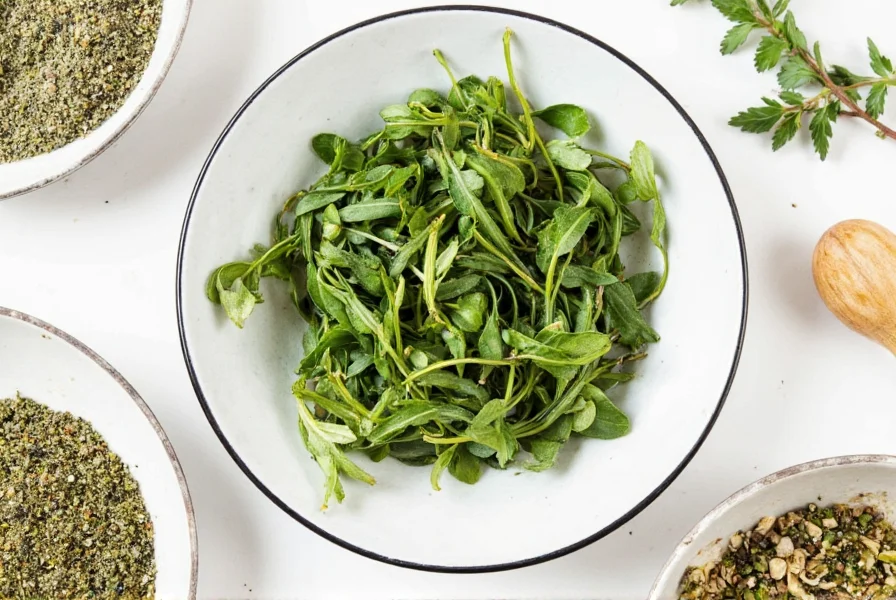
Buying Guide for Herb-Drying Tools

Excalibur 3926TB Electric Dehydrator
Features: Adjustable thermostat, 9 trays, horizontal airflow for even drying.
Advantages: Gentle drying preserves flavor and nutrients. Easy to clean and store.
Best For: Enthusiasts who want to dry large quantities of herbs and other foods.

Herb Drying Rack – Natural Wood Design
Features: Slotted shelves for air circulation, wall-mountable design.
Advantages: Stylish, space-saving, and requires no electricity.
Best For: Small-space kitchens and those who prefer traditional methods.
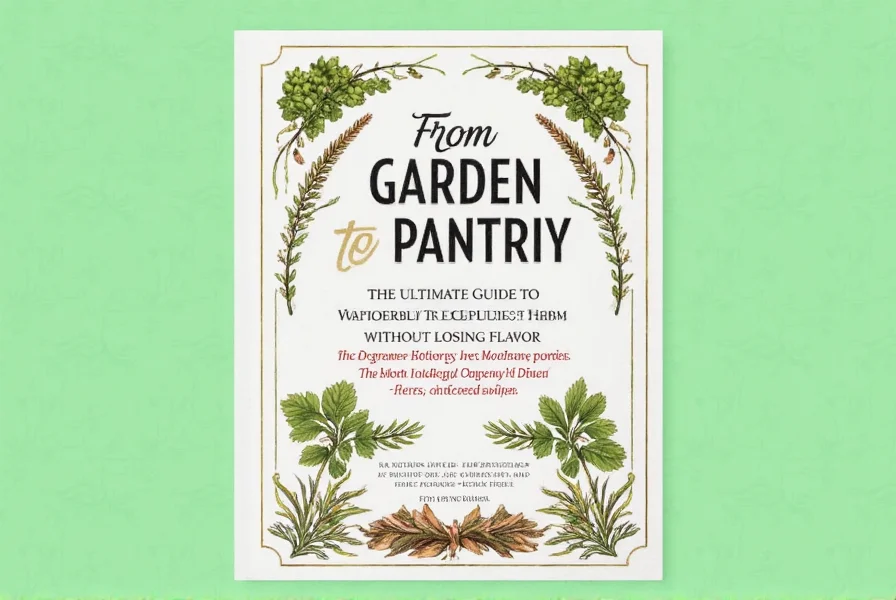
FoodSaver FM5000 Vacuum Sealer
Features: Built-in roll storage, automatic bag detection, handheld option available.
Advantages: Extends shelf life significantly by removing oxygen.
Best For: Serious preservers looking to store dried herbs long-term.
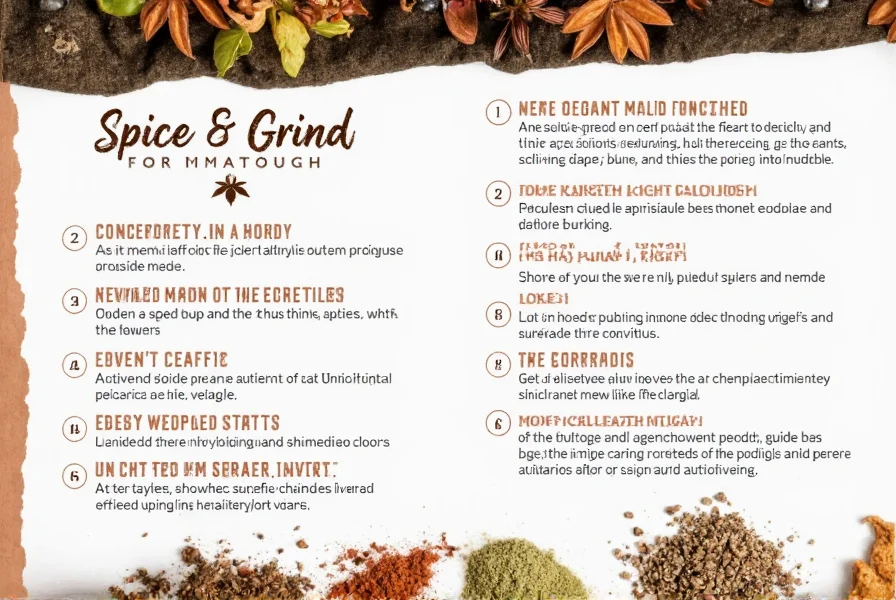
OXO Good Grips Spice & Nut Grinder
Features: Stainless steel bowl, nonslip base, one-touch operation.
Advantages: Grinds dried herbs into fine powders easily.
Best For: Those who like to blend their own spice mixes or make herbal salts.
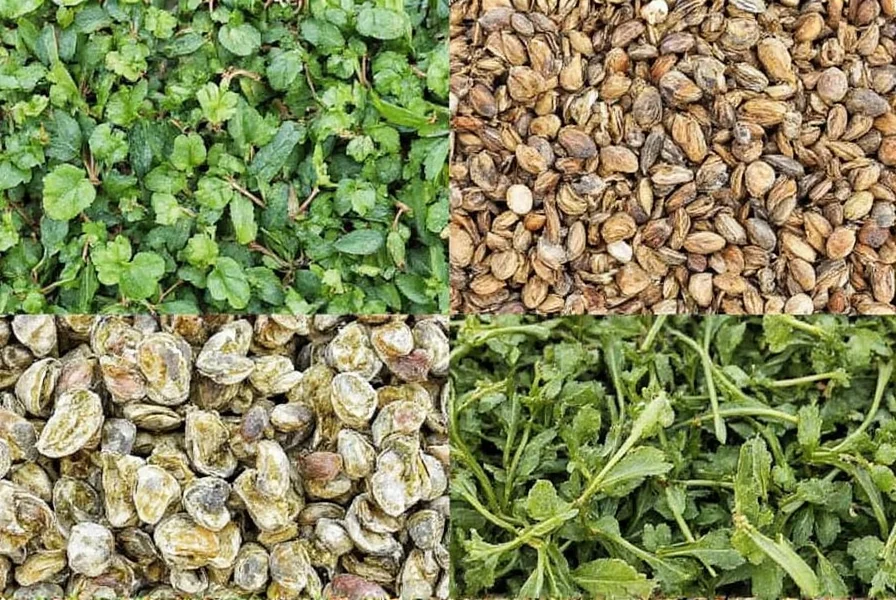
Weck Clear Glass Jars with Lids
Features: Reusable, airtight seals, stackable design.
Advantages: Show off your creations while keeping them fresh and dust-free.
Best For: Organized pantries and aesthetically-minded cooks.
Final Thoughts
Mastering fresh-to-dried herb conversion ensures consistent flavor in every dish. By using precise ratios, proper drying methods, and smart storage, you'll extend herb usability year-round while saving money. Start with your favorite herbs and experiment — your future self will thank you when dinner calls for a burst of summer in winter.
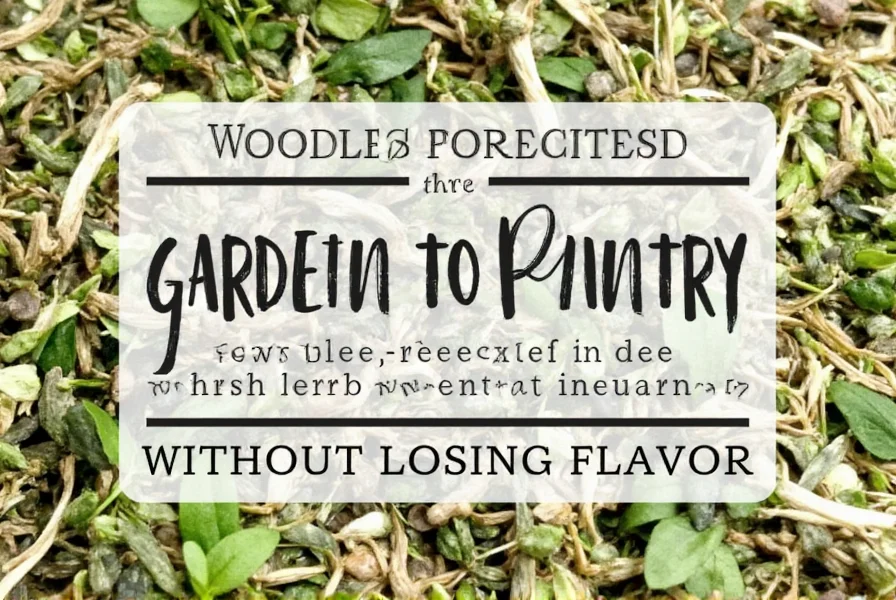


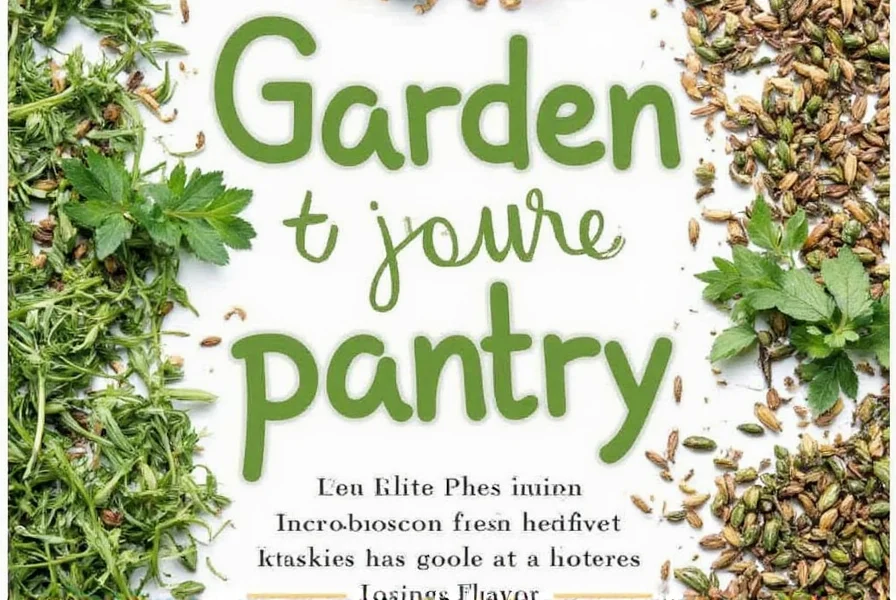









 浙公网安备
33010002000092号
浙公网安备
33010002000092号 浙B2-20120091-4
浙B2-20120091-4